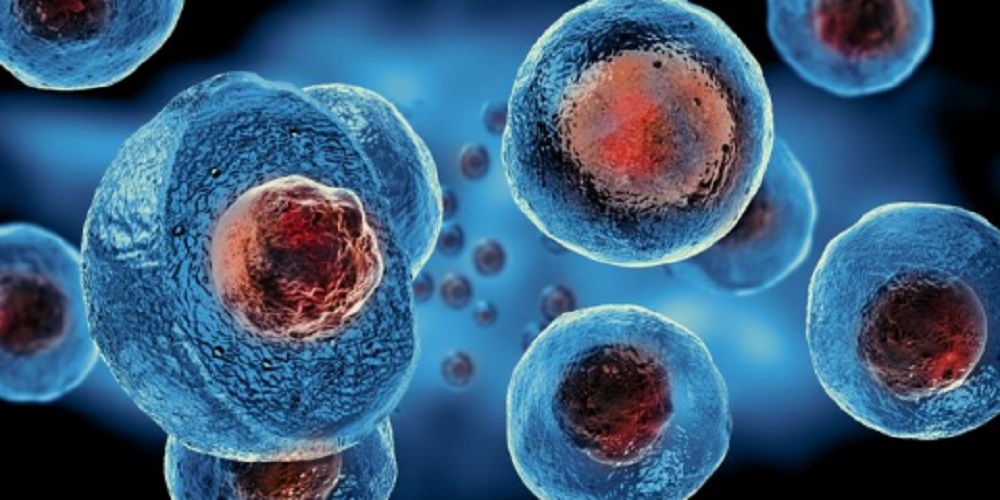What is the cell nucleus?
We explain what is the cell nucleus and the main functions of this organelle. In addition, how each of its parts are composed.
-
What is the cell nucleus?
A membranous organelle is known as a cell nucleus that is found inside eukaryotic cells exclusively, and that contains the majority of the genetic material of the cell, organized into DNA macromolecules called chromosomes , whose genes are inside.
The cell nucleus operates as a cell control tower, since its primary mission is to preserve the genetic material and put it into operation when necessary, such as cell division or protein synthesis, since DNA contains the necessary pattern for All cell operations.
Interestingly, the cell nucleus was the first of the cellular organelles to be discovered through microscopic observation . The first to take note of him was Anton van Leeuwenhoek (1632-1723), in salmon cells.
But the true function of the nucleus and its importance in inheritance and cellular reproduction would become evident much later, thanks to Mendel’s laws and the discovery of cellular mitosis in the early twentieth century.
The cell nucleus is one of the fundamental organelles of the cell, indispensable to reach high levels of complexity of life , as we are multicellular beings. In fact, in their presence within the cell cytoplasm , prokaryotic cells (more primitive) and eukaryotes (more evolved) are distinguished.
-
Cell nucleus functions

The core functions are:
- Contain and store the chromosomes that carry genetic information (genes), especially during reproduction processes such as mitosis.
- It organizes genes into specific chromosomes, which allows cell division and facilitates the work of transcription of its content.
- It allows the transport of molecules between the nucleus and the cytoplasm, selectively according to their size.
- It produces messenger RNA (mRNA) from the DNA matrix, which transports the genetic sequence to the cytoplasm and serves as a matrix for the synthesis of the proteins that are carried out within the cell .
- It produces indispensable ribosomes to create Ribosomal RNA (rRNA).
-
Parts of the cell nucleus

The cell nucleus is covered by a membrane similar to the plasma membrane of the cell, which delimits its body and separates it from the outside. Said core membrane is known as a nuclear envelope and has a series of pores that allow bidirectional movement between the nucleus and cytoplasm.
Another important component of the nucleus is the nucleolus , a region of the nucleus abundant in chromatin and in genetic material, which plays fundamental roles in cell division and in the biosynthesis of ribosomes, necessary for RNA.
There is also, in animal cells , a nuclear lamina that gives the nucleus support and allows the organization of chromosomes. This sheet consists of two networks of intermediate filaments composed of proteins , which are composed in the cell cytoplasm and then enter the nucleus.
Finally, there are sub-domains of the nucleus of which little is known, that is, specialized compartments that are linked to various functions of the nucleus in ways that are still completely misunderstood. These are the Cajal Bodies, the Interphase Polymorphic Cariosomatic Association, the Priomyelocytic Leukemia Bodies and the “speckles”.




